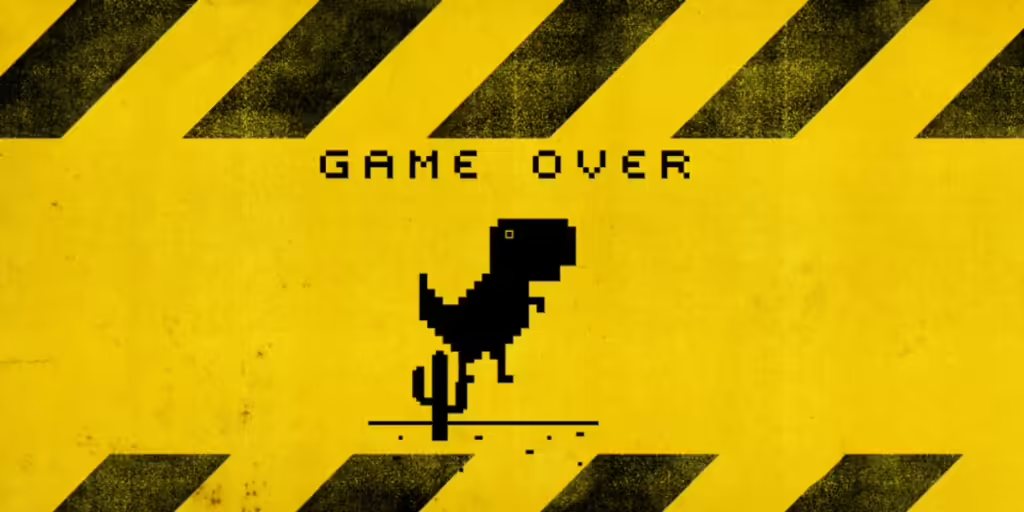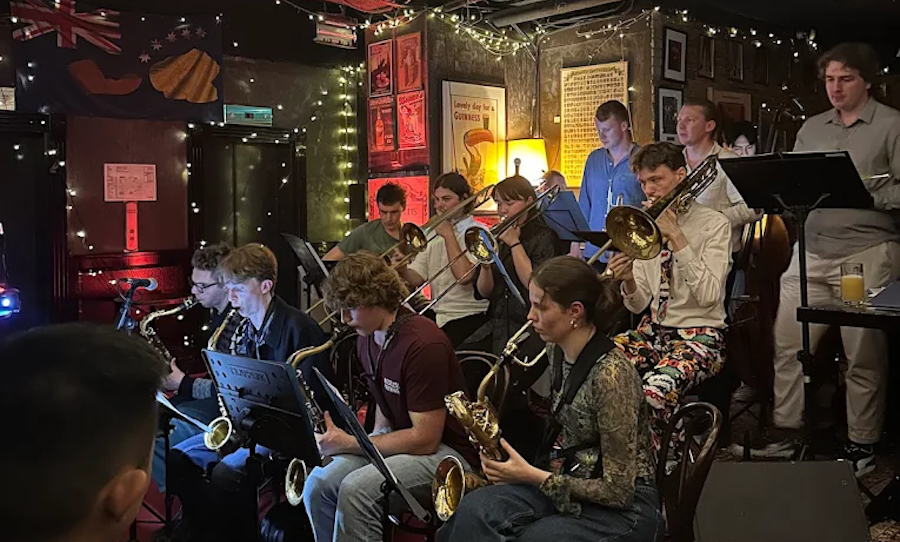It’s not you it’s them…
On Monday 20 October 2025, the backbone of the internet wobbled. A major disruption originating at Amazon Web Services (AWS), particularly in its US-East-1 region in Northern Virginia, triggered a global chain reaction. Websites, apps, and digital services went dark or slowed to a crawl. For businesses like Happy Studios, which rely on online publishing, streaming, and creative collaboration tools, the outage raised an important question: how resilient is our digital infrastructure?
This wasn’t the first time AWS has stumbled, but its timing and scale made it one of the most disruptive events of the year. It offers a sobering reminder that much of the modern internet runs on shared foundations that can fail at any time.
The outage began when AWS’s internal monitoring detected rising error rates and latency in several key services. Within minutes, consumer apps like Snapchat, Alexa, and Fortnite went offline. Banks in the UK struggled to serve customers, and even Amazon’s internal tools faltered. Because so many platforms depend on AWS for cloud computing, storage, and authentication, the failure rippled across continents.
Australia was not spared. Users reported issues with streaming, e-commerce, and even local banking portals. For a few tense hours, it felt as if the web itself was fragile and finite. By early afternoon Sydney time, AWS engineers isolated the problem to its US-East-1 region. Gradual restoration followed, but the damage to confidence lingered.
For media, arts, and publishing companies, digital uptime is everything. A website or platform going down doesn’t just interrupt traffic; it interrupts trust. Readers stop scrolling, advertisers lose impressions, and audiences move on.
Happy Studios and other creative networks operate in a fast-paced ecosystem where every article, video, or campaign relies on invisible systems humming in the background. A single regional failure at AWS can disrupt analytics, media delivery, file sharing, and even communication tools like Slack or email and in our case Asana.
In essence, the outage reminded everyone that the internet isn’t a single network but a series of dependencies stacked on top of one another. When one of those layers breaks, everyone feels it.
Lessons for Media and Creative Businesses
1. Map Your Dependencies
Most teams underestimate how many third-party systems they rely on. From CMS hosting to newsletter automation, every service sits somewhere on a cloud. Mapping those dependencies clarifies where vulnerabilities lie.
2. Build Redundancy
Where possible, duplicate your most critical systems in multiple regions or on multiple providers. Even simple steps, like mirroring static assets to a separate CDN or maintaining a backup publishing system, can save hours of downtime.
3. Prepare Fallback Content Plans
If your primary platform goes down, have a fallback communication channel. Social media, a secondary landing page, or even a pinned post can reassure audiences that you’re aware of the issue and working on it.
4. Run Incident Drills
Test what happens if your website or content pipeline disappears for three hours. Who posts the update? Who pauses campaigns? How do you coordinate internally? Treat outages like fire drills: inconvenient but vital.
5. Balance Cost and Resilience
Resilience costs money. Multi-cloud hosting, redundant systems, and advanced monitoring come with price tags. But so does lost trust and missed opportunity. Decide which systems are worth fortifying and which can tolerate occasional downtime.
Broader Implications
The October outage reignited debate about the “cloud monoculture.” When a few massive companies provide the infrastructure for the global internet, their failures become systemic. Governments and enterprises alike are beginning to demand clearer transparency and redundancy from these providers.
There’s also a creative lesson. The more dependent we become on invisible infrastructure, the more we risk creative paralysis when it fails. As artists, producers, and storytellers, maintaining some independence—whether through self-hosting, local backups, or platform diversity—is a quiet act of resilience.
For Happy Studios, the outage is a prompt to revisit every layer of our setup. Which platforms can we rely on? Which ones need backup? Which workflows stop cold when the internet hiccups?
The event also highlights the importance of communication. When disruptions happen, honesty and clarity matter more than perfection. Letting audiences know that an outage is external and temporary builds trust that automation never could.
The October 2025 internet outage showed how interconnected—and vulnerable—the modern web has become. For the creative industries that depend on it, the takeaway is simple: control what you can, prepare for what you can’t, and never assume the internet will always be there.
Resilience, in the end, is as much about mindset as technology. The more prepared we are for disruption, the freer we are to create without fear of collapse.



